When it comes to shopping for a new mattress you get what you pay for and as always, quality comes with a price-tag. The big “however” is that paying top dollar doesn’t necessarily guarantee a great night’s sleep. It’s not about how much you spend, or which brand is most popular or even about the latest styles and trends. It’s all about finding a mattress that fits your body, conforms to your weight and respects your sleep style. If the priciest mattress on the market can’t deliver on this, why would you even consider it?
This is where memory foam steps in to tackle your wish list including comfort, care, durability and value for price paid. Some of the benefits of a memory foam mattress include:
- Alleviating joint pain from shoulders, hips, knees and lower back by distributing body weight and easing pressure points.
- Providing a comfortable, not-too-warm sleep by using advanced air movement and moisture wicking technology in its composition.
- Delivering great value through superior, non-spring construction that won’t deteriorate or sag over time on top of a solid foundation that provides optimal support
- Remaining easy-care throughout its life with the ability to simply wash the cover periodically and damp-clean the mattress as needed.
But with so many products on the market, how do you short-list and zero in on the right mattress for you before you load up your real – or virtual – shopping cart? This 7-point buyer’s guide developed by Memory Foam Doctor will help walk you through the products, the options and what you should be looking for, prior to making your purchase.
-
What Types of Memory Foam are Available?
There are 3 key types of memory foam including:
Original Memory Foam
First introduced in mattress form back in the 1990’s, this product is highly effective at distributing your body weight across the entire sleep surface, alleviating pressure on key joints including shoulders, hips and knees. Because it cradles the contours of your entire body and eliminates the excess weight being placed on soft tissue, it helps promote better circulation and eliminates the danger of developing bed sores for anyone who is bed-bound for any period of time. But as memory foam uses your body warmth to cradle its contours, it can become overly warm for some, and uncomfortable to sleep on.
Open Cell Memory Foam
Consider this the “new and improved” memory foam. While it still delivers the superior support that made the original version so popular, manufacturers recognized that a too-warm sleep was problematic for many consumers. By using an open-cell foam construction, it allows the mattress to breathe and better disperse the heat from your body, regulating temperatures and delivering a cooler sleep experience. It also offers a quicker response and more solid surface that prevents that sinking sense that makes getting up off the mattress or turning over in the night, difficult.
Gel-Infused Memory Foam
The newest variation of memory foam on the block introduces gel beads that are either disbursed throughout the memory foam for better air flow or as an entire layer or pad within the mattress, for an even cooler sleep. Again, you get the same superior support with pressure point relief on key joints, however for those who already sleep hot, this delivers a much more comfortable and restful night.
-
Synthetic versus Hybrid Memory Foams
Because memory foam is typically made with petroleum-based chemicals, it can result in some initial off-gassing and although it dissipates after the first few days it can be problematic for those suffering from allergies or skin sensitivities. But there are other options for you to choose from including those that include a mix of both man-made and natural components such as bamboo (Swiss Ortho Sleep), organic cotton and plant-based foams ( Loom and Leaf) as well as some that even include green tea extracts as found in the Lazy Cat and Zinus memory foam mattresses. Of course, the price goes up when organic and natural products are included in the construction process, but its money well spent for those with sensitivities.
-
How Should Density Impact My Choice?
Not to be confused with how soft or firm your mattress is, density refers to how compact the memory foam is and you will always find it referenced as pounds. These pounds refer to the weight of a 12-inch by 12-inch cube, for example a memory foam mattress with 3-pound density would weigh 3-pounds per cubic foot. Naturally, the denser the mattress the more durable it is. Why? Because your body’s weight is distributed across a tighter, denser network of memory foam cells that won’t break down as easily as a mattress with lower density. For that reason, heavier individuals shouldn’t consider anything less than a high-density mattress that will distribute body weight across the sleep surface for a more comfortable, better-wearing bed.
For quick reference: a low-density memory foam mattress has a density of less than 4-pounds, medium-density is 4- to 5-pounds while a high-density mattress has a density of more than 5-pounds and can even go as high as 10-pounds.
-
Why Layers Matter
While memory foam mattresses often appear to be a solid block of unyielding foam, much goes on beneath the surface. And though you probably think that your purchasing focus should be on the softer, top layer that will be your sleep surface, you’d be both right and wrong. The base or foundation layer of your memory foam mattress acts as a super strong base for all the upper layers – which can often tally 12 to 13 inches – so it will always be a heavy-density foam. The level of softness / firmness of your mattress will be influenced by the number of layers. The greater the number of layers, the softer the mattress because each layer provides one more layer of cushioning. Of course, when you reach the final, top layer (or two) composition is important – it can be gel-infused, open-cell and breathable or simply traditional memory foam. It’s all down to your personal sleep preferences (cool or cozy) and budget.
Ultimately, your weight and sleep style will also impact what you choose for the top layer of your new memory foam mattress however always remember that the higher the density of the foam, the better the quality and the longer-lasting your new bed.
-
Is Thickness Important?
In short, yes. Memory foam mattresses can range from as thin as 6 inches to 16 inches with the thicker-sized mattresses typically being softer because of the multiple layers of comfort foam that sit atop the super-firm, foam core base. It’s fair to say that anything less than 8-inches in thickness will likely be too thin to deliver the comfort and support you bought a memory foam mattress for, so look for options thicker than 8-inches. Mattresses ranging from 8 to 14 inches in thickness are ideal for side sleepers, as the thicker support foam better cushions key pressure points such as shoulders, hips and knees that are more heavily impacted when you lay on your side. For those who are heavier, (200-250 pounds), you’ll want to opt for a mattress in the 10-inch and up range that can deliver better, more comfortable support.
-
Choosing the Ideal Firmness Level
When it comes to your sleep style, there is a memory foam for that. If your style is to fall asleep and remain on your back, options such as the Leesa mattress are a great way to receive continual comfort throughout the night. If you’re a devout side sleeper, then Tuft & Needle has a mattress that is ideal because it delivers a medium-to-higher level of firmness. And of course, those who can’t imagine sleeping any way other than on their stomach will want a mattress that provides them with a softer, medium-firm support level and the Casper memory foam option delivers big-time. If you’re heavier, you will be looking for a mattress with a very high level of firmness for added support and in this instance, the Helix memory foam mattress is the way to go.
-
The Cover
In spite of all the many layers of memory and gel foams that lay beneath you, what actually covers your mattress is just as important. Your memory foam mattress cover needs to works in concert with your new mattress and should not only be easy to remove for a quick wash from time to time, but it should be breathable and moisture wicking – drawing sweat away from your body for a cooler, more comfortable sleep. Today, options range from Nectar’s blend of Tencel (a wood-based natural fabric) and cotton that is not only cooling but resistant to bedbugs and dust mites. Then there’s Cocoon’s revolutionary new “chill” cover that uses a poly/cotton blend with phase change material that makes the cover continually cool to the touch or the Sleeping Duck’s bamboo fabric cover that is not only super soft to the touch and breathable but anti-microbial for a continually fresher feel.

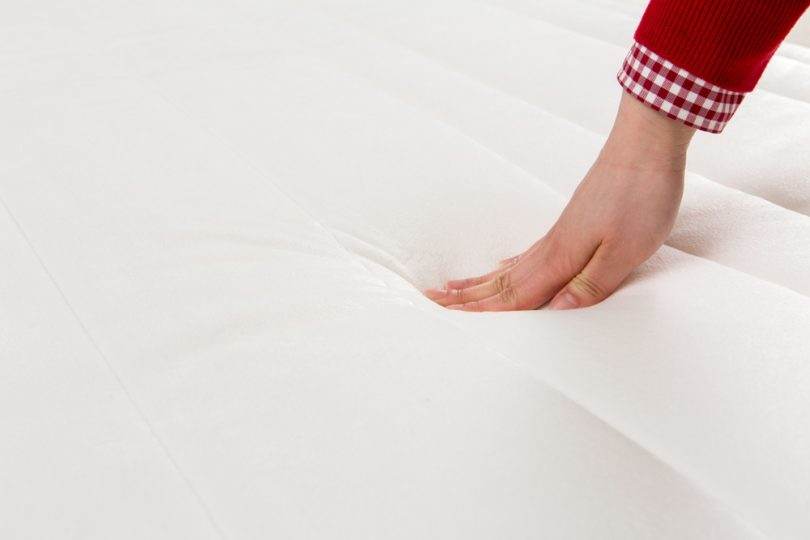
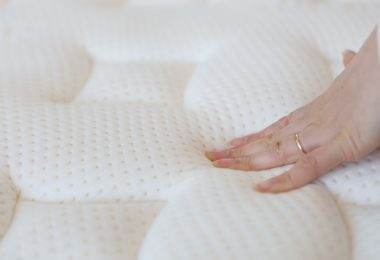
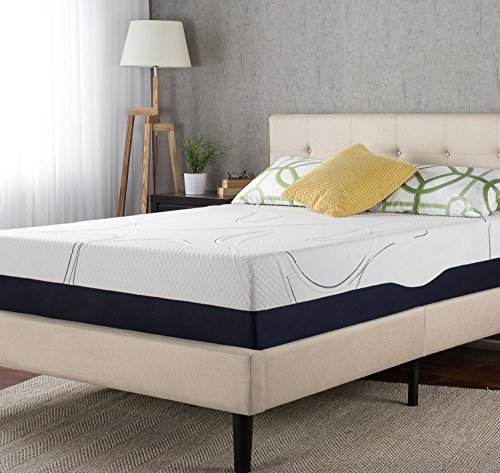
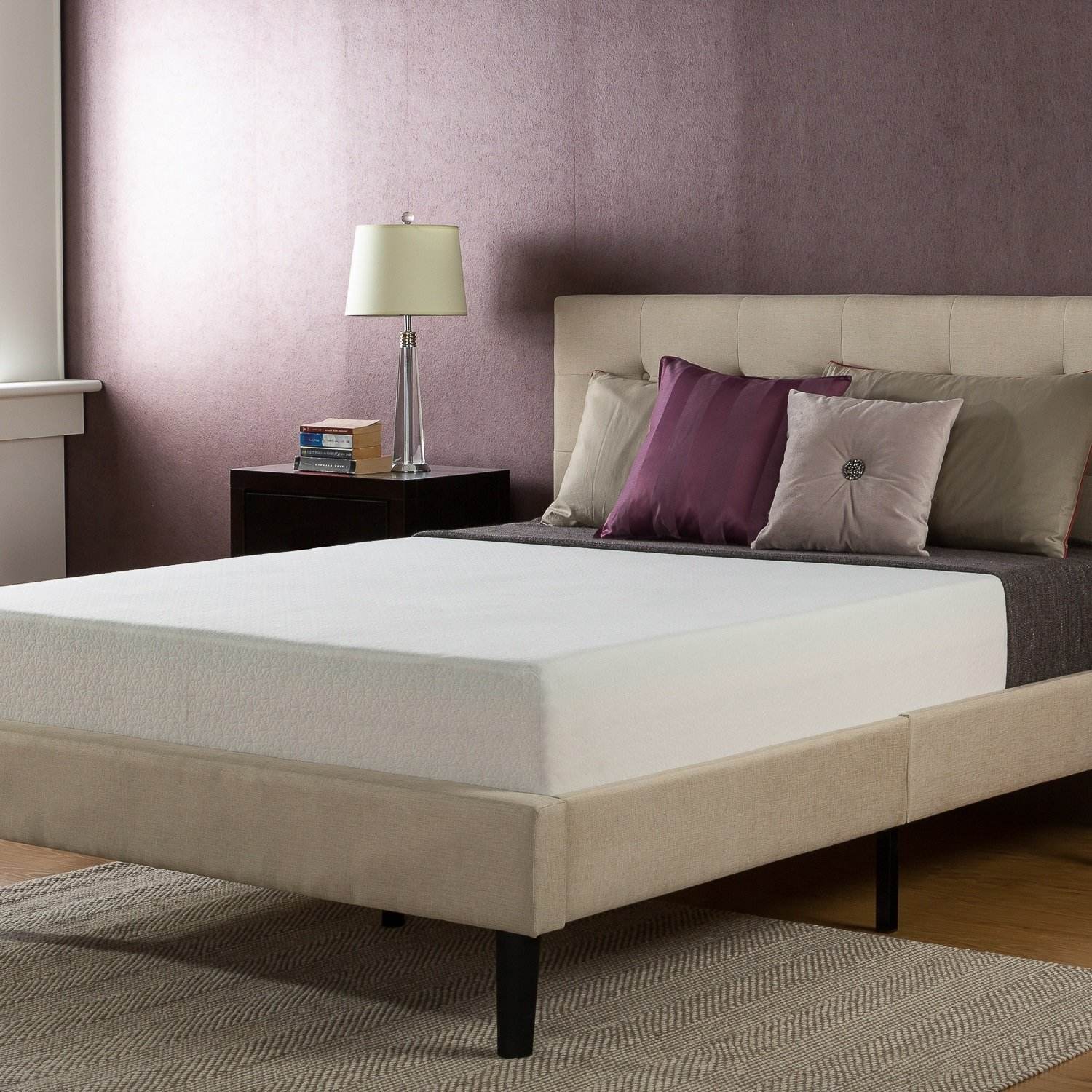
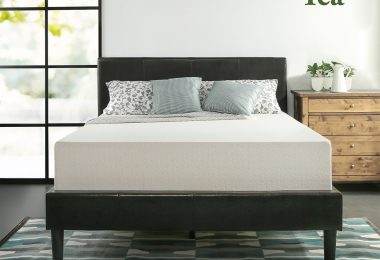
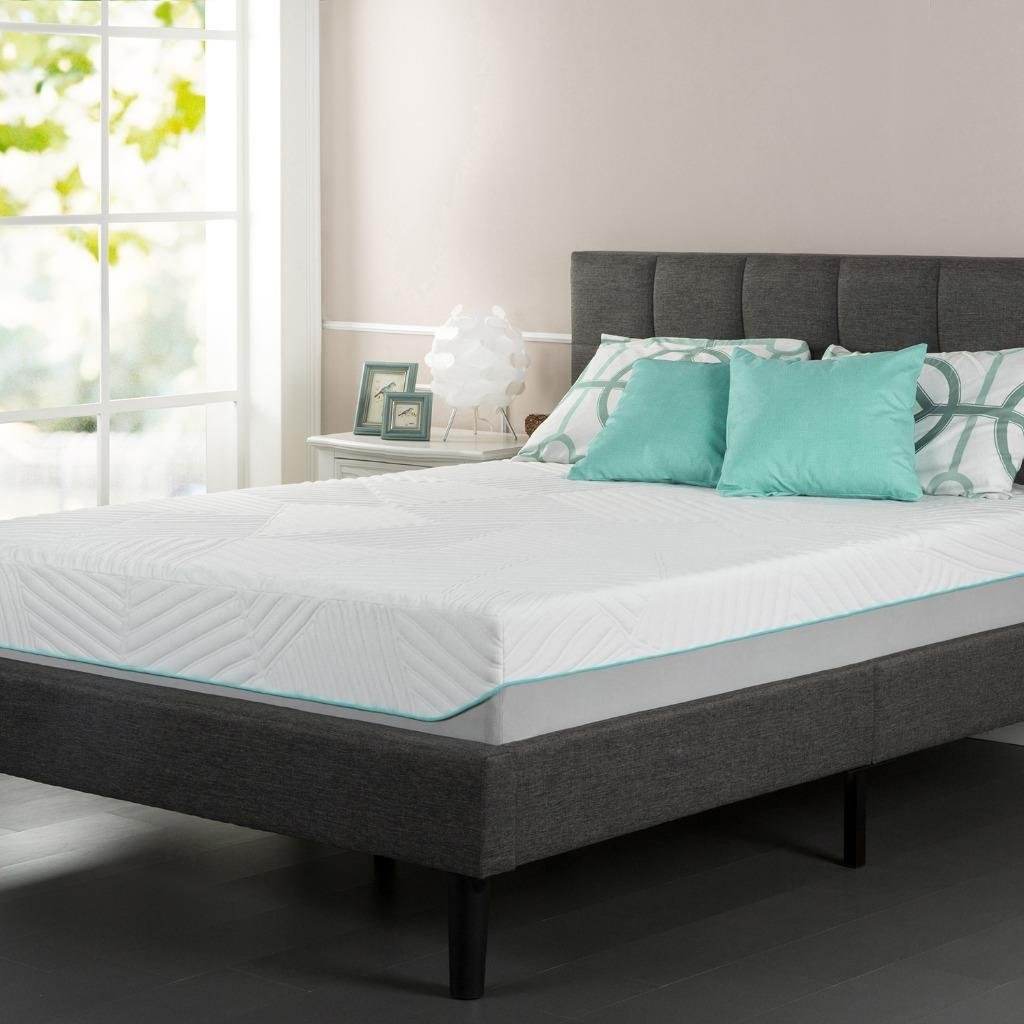
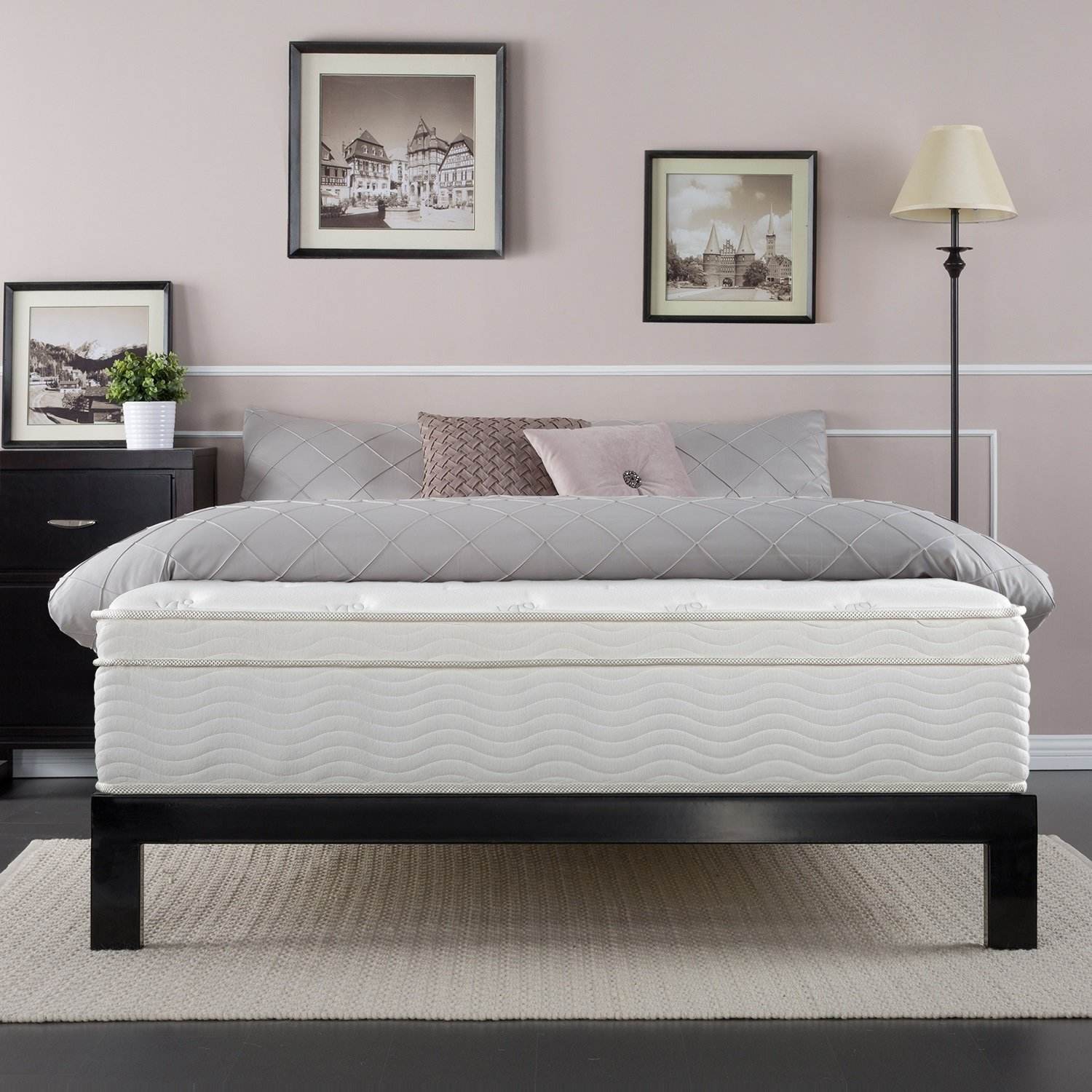
Leave a Comment